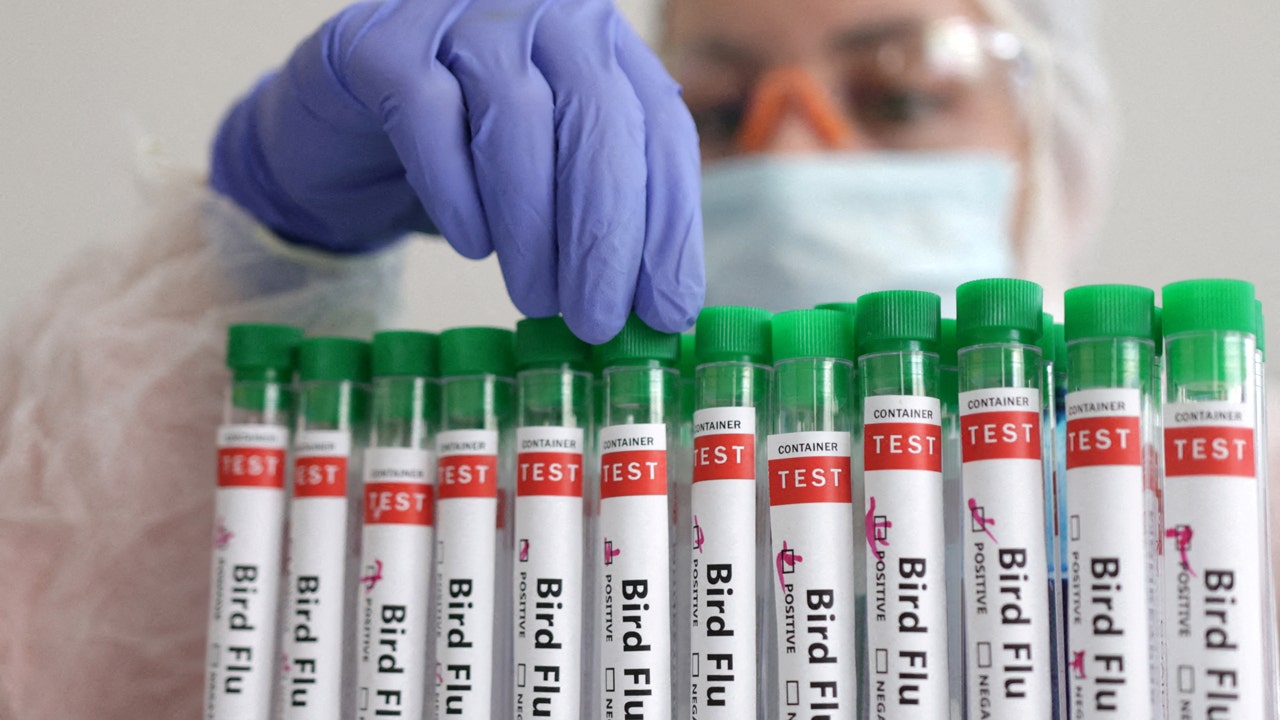Influential inventions often combine existing tools in new ways. The iPhone, for instance, amalgamated the telephone, web browser and camera, among many other devices.
The same is now possible in gene editing. Rather than employ separate tools for editing genes and regulating their expression, these distinct goals can now be combined into a single tool that can simultaneously and independently address different genetic diseases in the same cell.
Merging Gene Editing and Regulation
In a new paper in Nature Communications, researchers in the Center for Precision Engineering for Health (CPE4H) at the University of Pennsylvania School of Engineering and Applied Science (Penn Engineering) describe minimal versatile genetic perturbation technology (mvGPT).
Capable of precisely editing genes, activating gene expression and repressing genes all at the same time, the technology opens new doors to treating genetic diseases and investigating the fundamental mechanisms of how our DNA functions.
"Not all genetic diseases are solely caused by errors in the genetic code itself," says Sherry Gao, Presidential Penn Compact Associate Professor in Chemical and Biomolecular Engineering (CBE) and in Bioengineering (BE) and the paper's senior author. "In some cases, diseases with genetic components -- like type I diabetes -- are due to how much or little certain genes are expressed."
One Tool, Multiple Functions
In the past, addressing multiple, unrelated genetic abnormalities at once -- by, say, editing one gene and suppressing another -- would have required multiple distinct tools. "We wanted to build a single platform that could precisely and efficiently edit DNA as well as upregulate and downregulate gene expression," says Tyler Daniel, a doctoral student in the Gao Lab and one of the paper's co-first authors.
The platform works by combining an improved "Prime Editor," capable of modifying DNA sequences, with previously invented technologies for increasing and decreasing the expression of genes. "All these functions are orthogonal," says Daniel. "They can happen independently of each other at the same time."
"This level of precision for modifying DNA sequences and gene expression was not previously possible," he continues. "Each task functions independently. It's as if we took a car with a faulty navigation system and fixed the bug in that system while simultaneously turning up the volume on the stereo and turning down the air conditioning."
The Power of Precision Editing
The team tested mvGPT on human liver cells with a mutation causing Wilson's disease, successfully editing out the mutation while also upregulating a gene linked to type I diabetes treatment and suppressing another associated with transthyretin amyloidosis. In multiple tests, mvGPT achieved all three tasks with high precision, demonstrating its ability to target multiple genetic conditions simultaneously.
Because mvGPT takes up less space than three separate tools, the system is also easier to transport into cells. The researchers showed that mvGPT can be delivered by multiple means, including strands of mRNA and viruses used to deliver genetic editing tools.
"When you have a single tool that can accomplish all of these things at the same time," says Gao, "you make the process so much simpler, because there's less machinery you have to deliver to the cell."
Moving Towards a Greater Impact
Now that the technology has shown promise in human cells, the researchers plan to test mvGPT in animal models, and against other diseases with genetic components, including cardiovascular diseases. "The more advanced our tools become," continues Gao, "the more we can do to treat genetic diseases."
This study was conducted at the University of Pennsylvania School of Engineering and Applied Science and supported by the National Science Foundation (CBET-2143626) and the National Institutes of Health (HL157714).
Additional co-authors include co-first authors Qichen Yuan and Hongzhi Zeng of Rice University; Emmanuel C. Osikpa, Qiaochu Yang, Advaith Peddi, Liliana M. Abramson and Boyang Zhang, also of Rice University; and Qingzhuo Liu, Yongjie Yang and Yong Xu of Baylor College of Medicine.

 By Science Daily (Health) | Created at 2025-01-09 01:34:27 | Updated at 2025-01-09 19:09:47
23 hours ago
By Science Daily (Health) | Created at 2025-01-09 01:34:27 | Updated at 2025-01-09 19:09:47
23 hours ago







